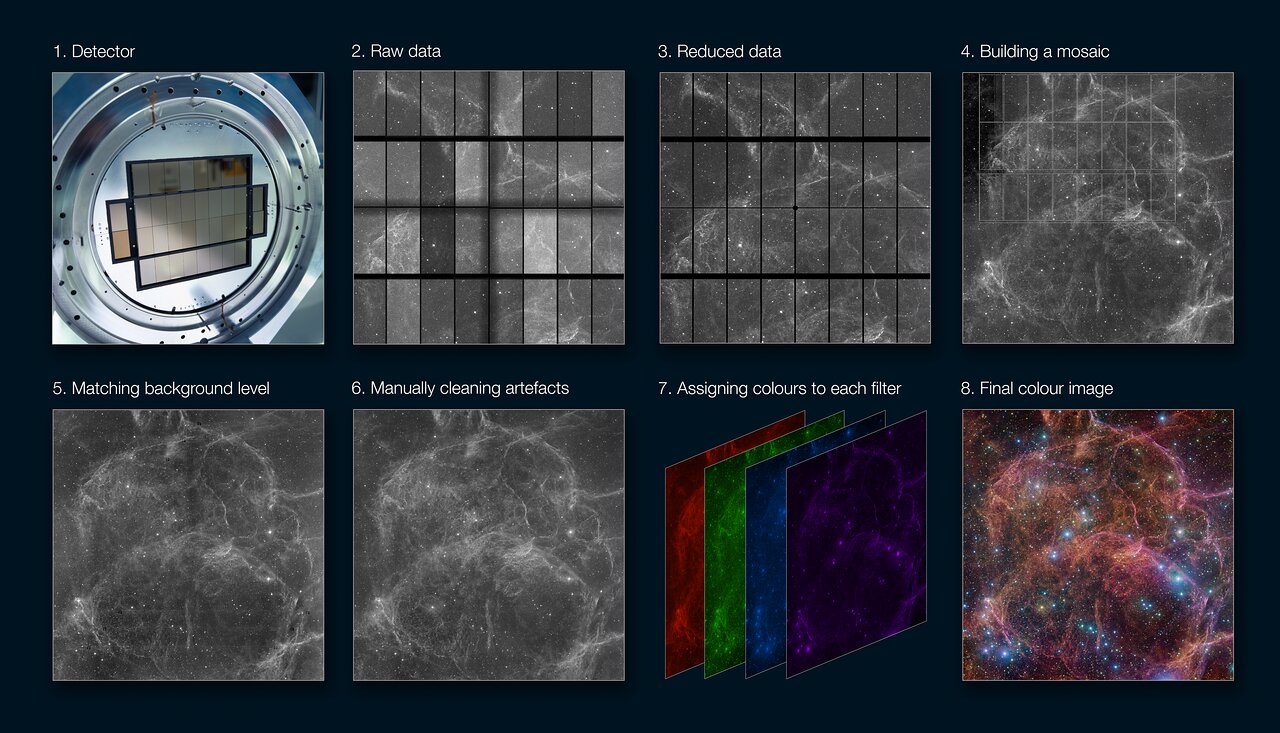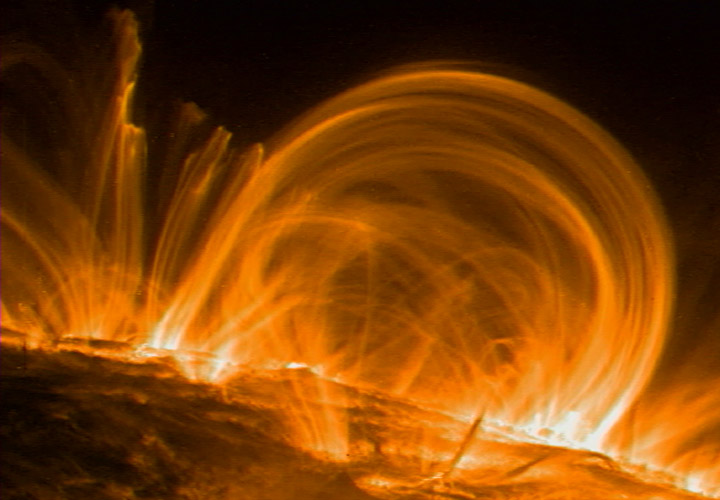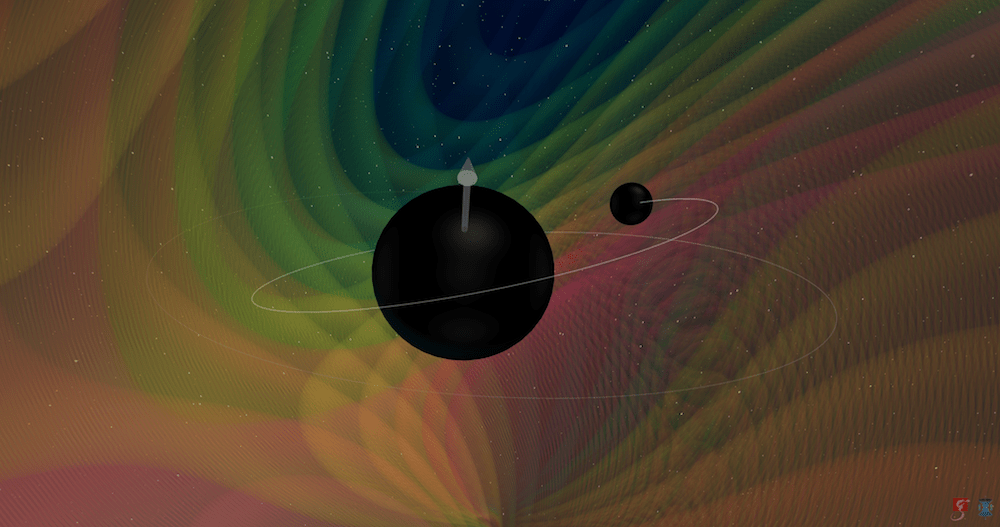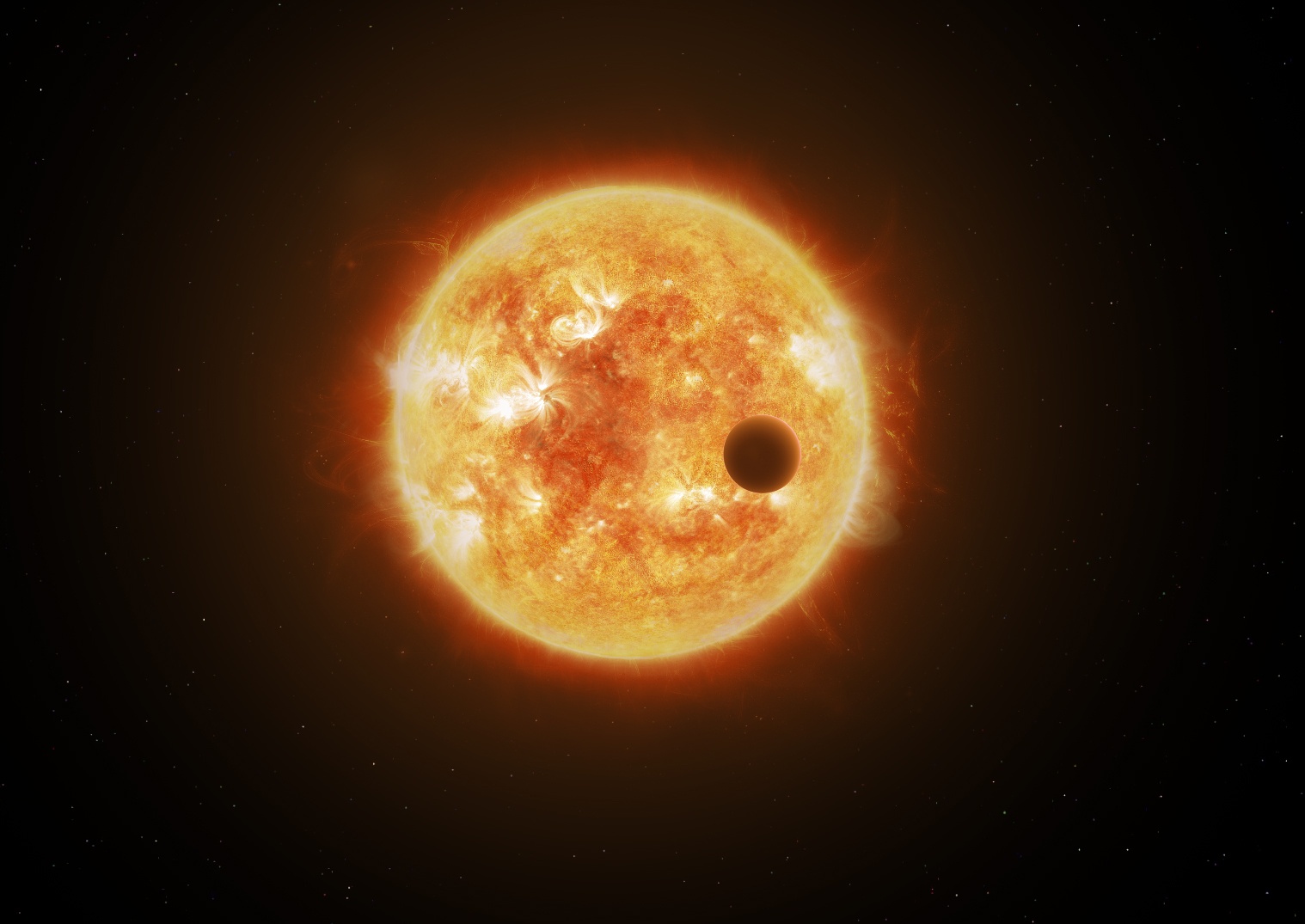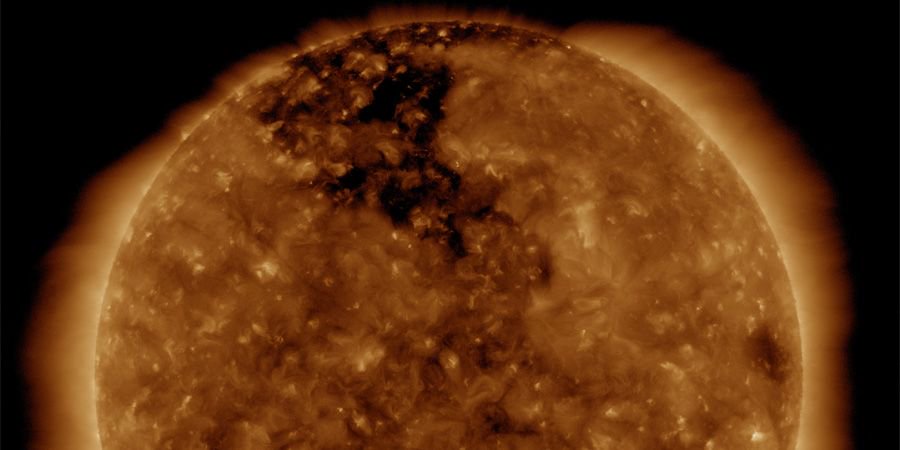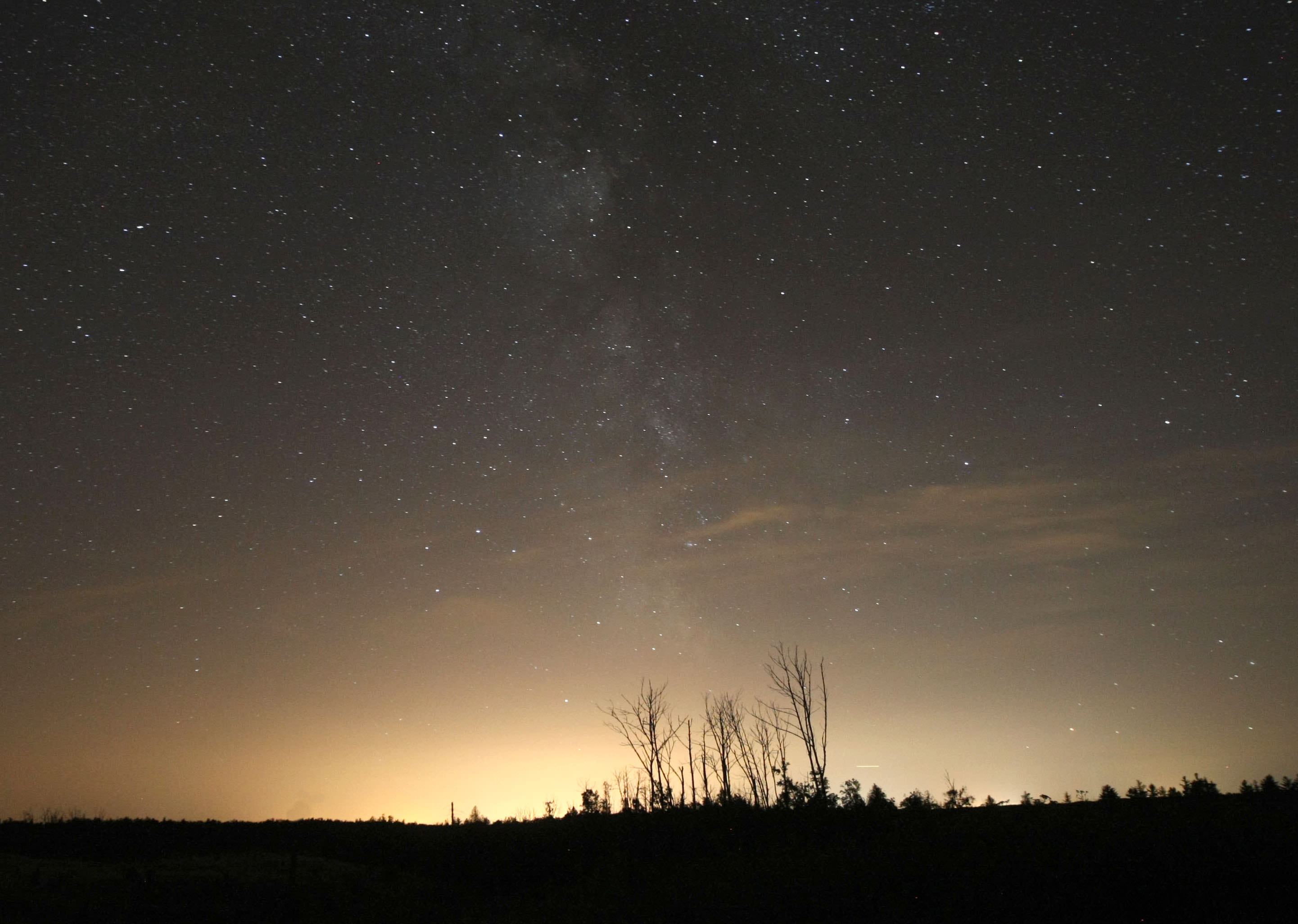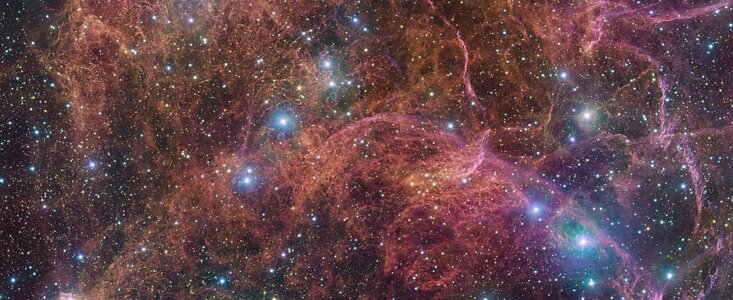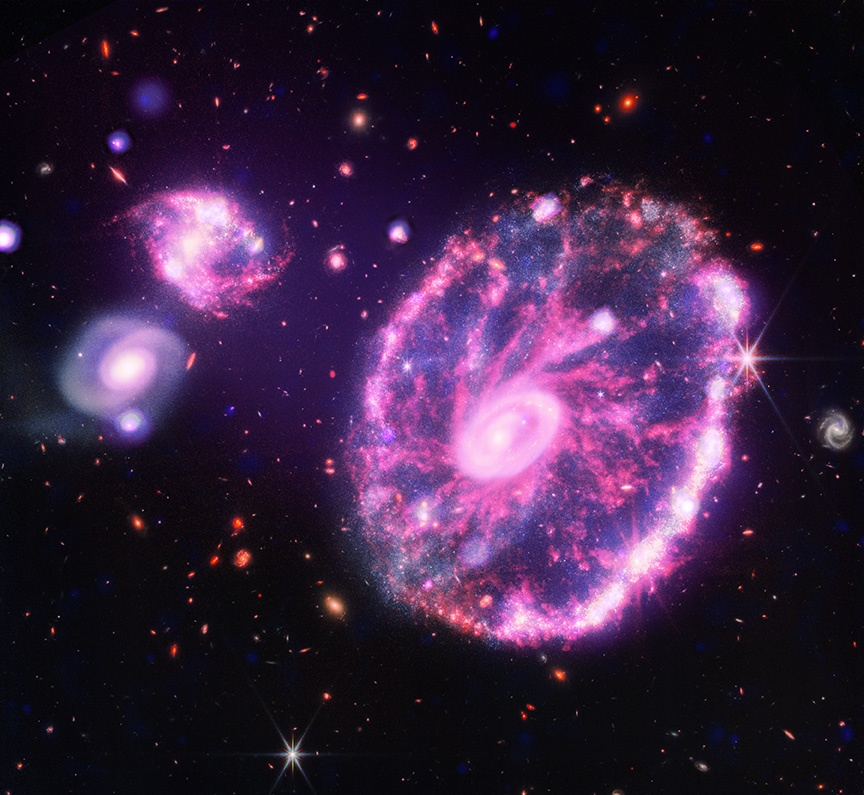Creating astronomical images is no easy task, and astronomers with the European Southern Observatory have provided a handy guide to show you how astronomy goes from raw data to an image that you can splash on your desktop.
Continue reading “Check Out the Journey From Raw Data to Beautiful Image”Check Out the Journey From Raw Data to Beautiful Image
